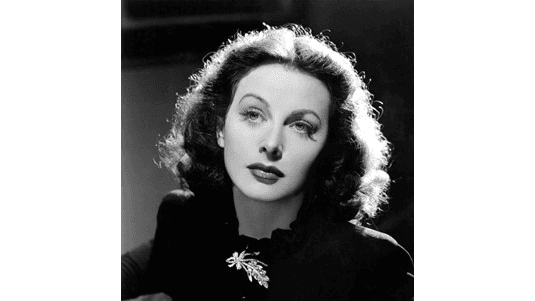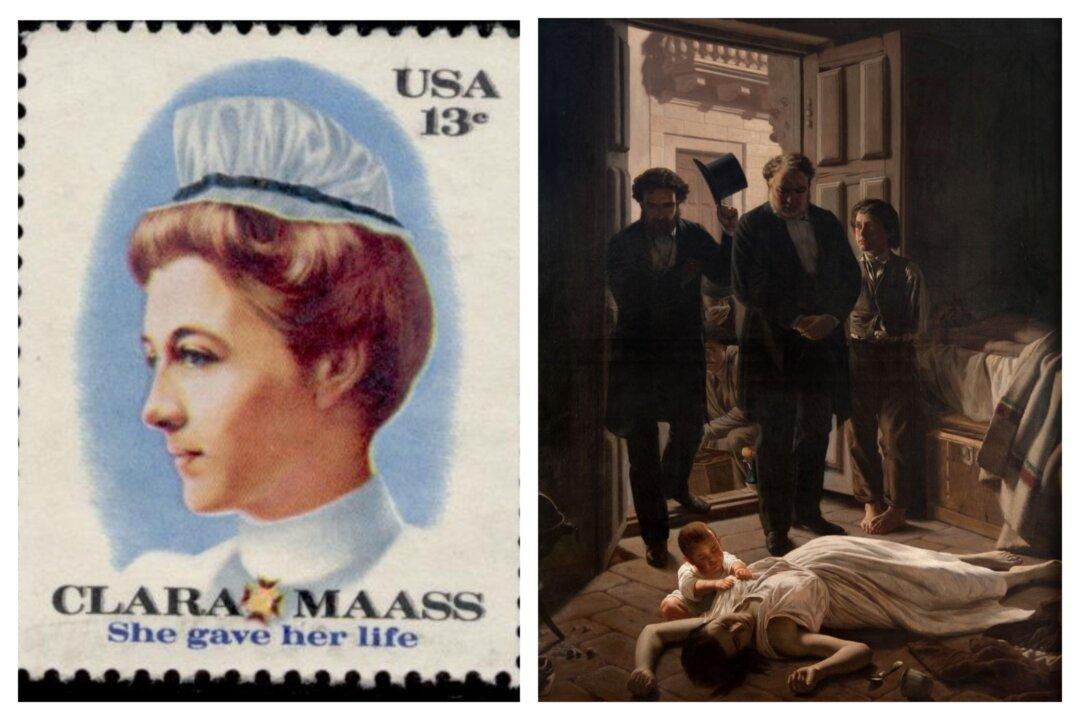After a day’s filming for a movie, Hedy Lamarr (1914–2000) would often slip unnoticed from her set trailer to get in a swim in her agent’s pool. There, she might be seen pausing after a lap contemplating her latest idea.
Lamarr didn’t like the fame and attention she received from being a star actress during Hollywood’s “Golden Age.” Instead, she preferred working on her innovative ideas. These ideas often turned into practical inventions. She had a brilliant mind, but her genius was often overshadowed by her extraordinarily good looks. Lamarr worked hard on her film career, but her true passion was solving problems.
As an only child growing up in Austria, Lamarr’s parents both greatly influenced her. Her mother was a concert pianist of Jewish descent, who converted to Catholicism. She then raised Lamarr as a Christian.

Her mother stressed the importance of the arts to Lamarr at a young age. She took lessons in ballet and piano. Despite having an interest in science and mechanics, Lamarr pursued an acting career as a teenager.
A Genius for Invention
She came up with a unique wing design for early airplanes. She created an upgraded traffic stoplight. She created a tablet that could carbonate a drink, although she later admitted her tablet made beverages taste like Alka Seltzer.As she tread water in the pool that day, Lamarr thought about the new problem she wanted to solve with composer George Antheil. Soon after they met, they talked about the war that had engulfed the world in the late 1930s. They were concerned that enemies could jam the radio signals of torpedoes and keep them from hitting their targets.

Lamarr and Anthiel put their heads together to develop a new communication system. Using Anthiel’s knowledge of pianos, they came up with a “frequency hopping” system for radio waves. The intent was that the radio signals would change frequencies so that torpedoes could not be jammed and be able to hit their targets. They also thought the system could prevent enemies from decoding messages sent on radio waves.
The two were awarded a patent for their invention in 1942, but the Navy decided not to implement the system at that time. The Navy wouldn’t adopt the new technology until the 1960s.

The principles she and Anthiel based their work on would, however, end up being used in new technology in the 21st century. Their invention using frequencies paved the way for technologies like GPS, Bluetooth, and wireless Internet that were created and used after Lamarr’s death in 2000.
Lamarr tried to join the National Inventors Council (NIC) to no avail. One NIC member said that she should use her celebrity status to help the country sell war bonds.
Despite her greatest efforts, Lamarr didn’t immediately receive credit for her work as an inventor. Anthiel and Lamarr were eventually honored for the first time in 1997 when they were given the Electronic Frontier Foundation’s Pioneer Award. After both of their deaths, the two were inducted into the National Inventors Hall of Fame in 2014.






